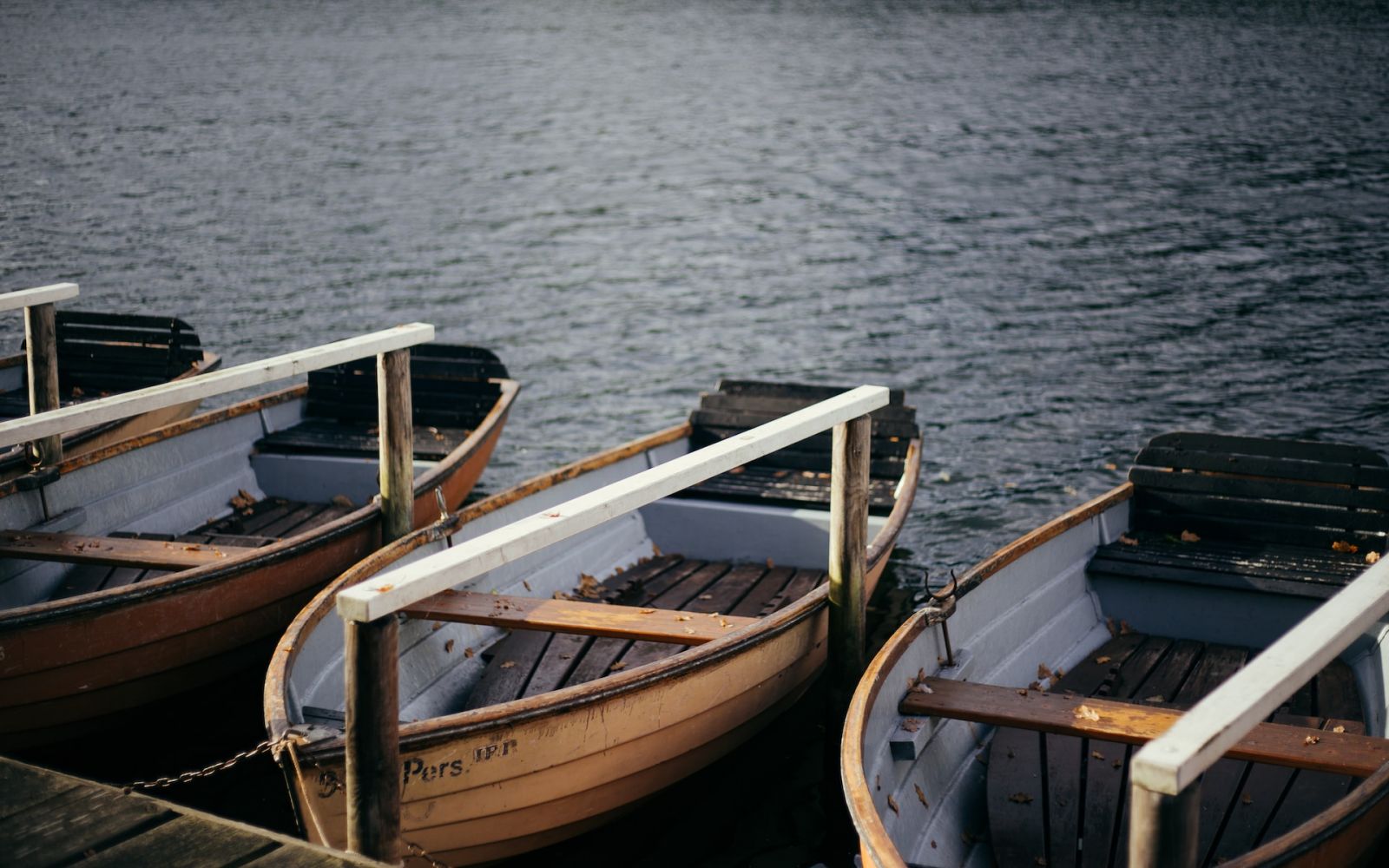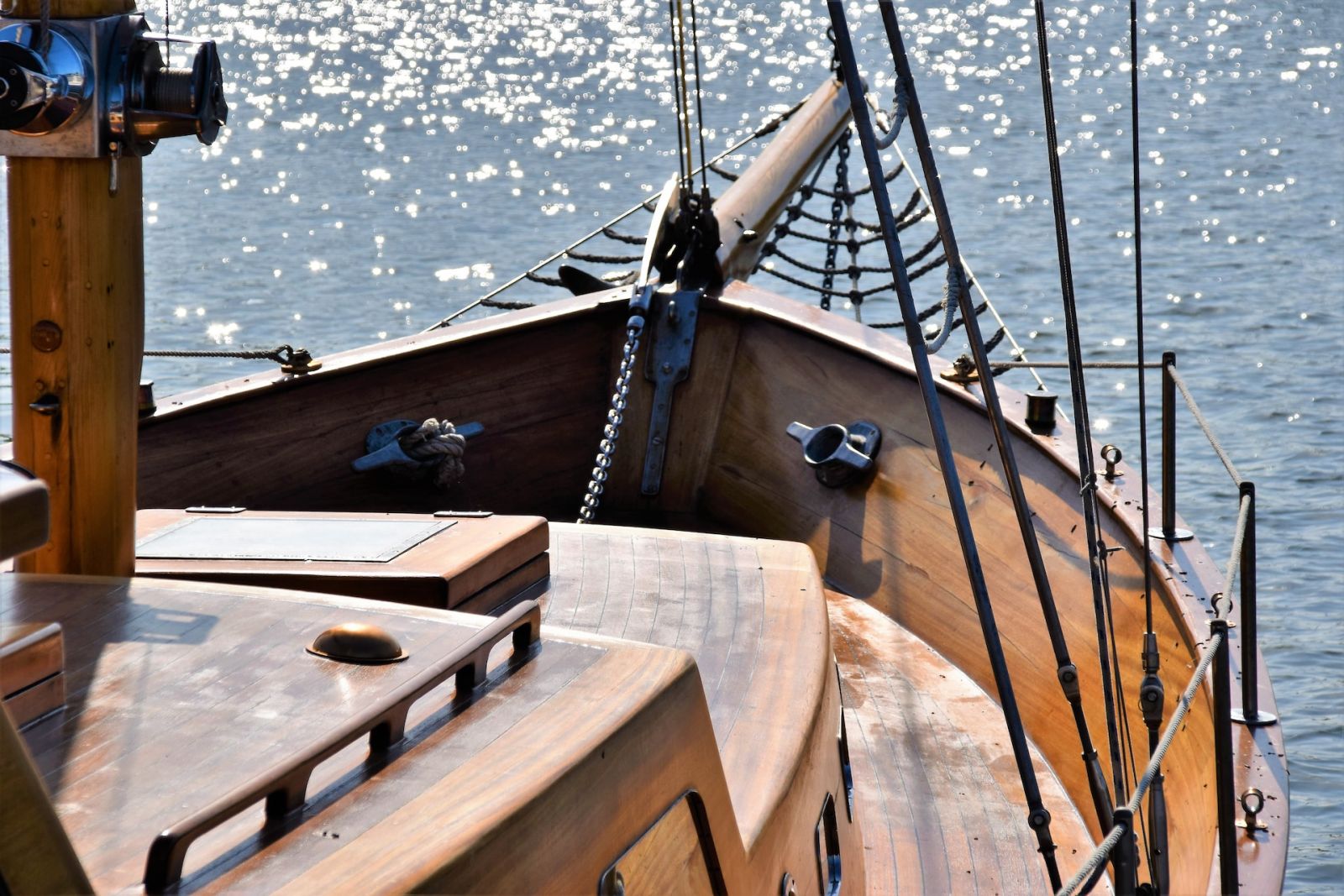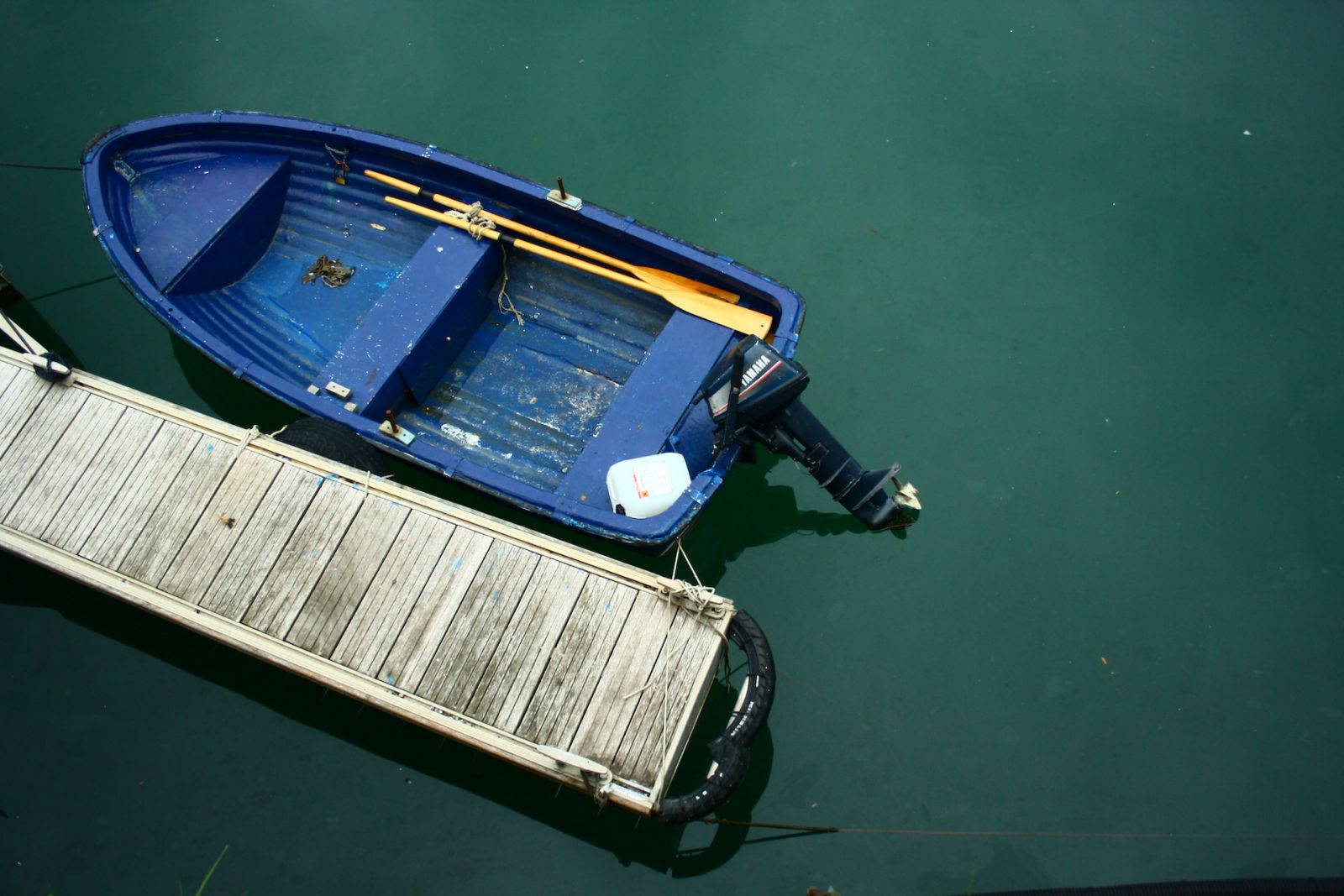How Long Does It Take to Build a Wooden Boat? (Hand-Made)
The process of building a wooden boat by hand has remained largely unchanged for centuries. It is not just about the final product but also the journey and experience of crafting a boat with your own hands. In this guide, we'll help you understand the time estimation involved in building a hand-made wooden boat.
For smaller wooden boats under 20 feet, the project may take approximately one month to complete. If you're building a larger wooden boat over 20 feet, expect the process to take around two to three months. These time frames can vary depending on your dedication, available time, and skill level.
Modern technology has certainly made some aspects of boat-building easier and more efficient, but many of the techniques and tools used to build wooden boats today are the same as those used hundreds of years ago. Below, you'll find a glimpse of these tools and techniques, and some tips to build a boat faster.
Summary
- The most common hand-made wooden boat types are: canoe, kayak, rowboat, skiff, sailboat, and motorboat.
- A measuring tape, a saw, a hammer, chisels, a plane, a drill, and various clamps are among the tools you need for building a wooden boat.
- Some of the most important techniques you may need to learn to build a boat are lofting, planking, joinery, fastening, and finishing.

On this page:
Estimated Time to Build a Wooden Boat
| Types of Wooden Boat | Time to Build by Hand |
|---|---|
| Canoe | 50 to 200 hours |
| Kayak | 100 to 300 hours |
| Rowboat | 100 to 500 hours |
| Skiff | 200 to 800 hours |
| Sailboat | 400 to 5000+ hours |
| Motorboat | 300 to 5000+ hours |
For a more specific time estimate, let's consider these numbers: building a 30-foot daysailer takes about 5,000 hours of labor. If you plan to create a 40-foot weekender, you should be prepared for between 9,000 and 10,000 labor hours. For an ambitious project like a 50-foot offshore passagemaker, expect to dedicate around 20,000 to 25,000 hours of effort.
If you're building a wooden boat under 20 feet in length, you can expect to spend approximately one month on the project. For boats over 20 feet, the time may increase to two or three months. The cost of building a wooden boat varies as well, with smaller boats usually costing around $2,500 and larger boats ranging between $3,500 and $5,000.
Your personal experience, skill level, and available tools will affect these time estimates. If you're new to woodworking or boat building, it might take longer than the estimates provided. However, don't let this discourage you. The satisfaction of building a beautiful, hand-made wooden boat is well worth the time and effort.
Lastly, always remember to prioritize safety and accuracy during your boat-building process. Taking the time to measure, cut, and assemble everything correctly will save you time in the long run.
Building Time Varies by Skill, Boat Type, and Materials

Here are several factors that can affect the overall time it takes to complete building a wooden boat by hand:
-
Experience and skill level: Naturally, your own experience and skill level play a significant role in how long the building process takes. If you're a beginner, you can expect it to take longer as you learn various techniques and familiarize yourself with the materials. On the other hand, experienced woodworkers might be able to build a wooden boat in a shorter timeframe.
-
Type and complexity of the boat: The type of boat you're constructing, as well as its complexity, will impact the time required. For example, building a simple rowboat might take less time than constructing a more complex sailing vessel. The more features and intricacies the boat has, the more time it will take to build.
-
Availability of materials: Access to the necessary materials to build your boat can affect the building time. If you're using locally sourced timber or reclaimed wood, you may need to account for additional time spent finding and preparing materials. However, if you have access to a reliable supplier or kit, this may lead to a more streamlined process.
-
Working conditions and schedule: The environment where you build your boat and your work schedule will also impact the timeframe. For example, if you have a dedicated workshop with ideal conditions, you might be able to work more efficiently than if you were building it in your backyard, exposed to the elements. Additionally, the more hours you can dedicate to the project, the quicker it will progress.
Types of Wooden Boats to Build
Decide which type of boat you want to create. This will impact the time, effort, and resources needed. In this section, we'll discuss six most common hand-made wooden boat types: Canoe, Kayak, Rowboat, Skiff, Sailboat, and Motorboat.
A canoe is a small, narrow boat propelled by paddling
A canoe is a simple, slim, lightweight watercraft that can be easily maneuvered in lakes and rivers. Building a wooden canoe is relatively quick compared to other boat types, usually taking between 50 and 200 hours, depending on craftsmanship and experience. Canoes are a popular choice for beginners, as they require less complex woodworking techniques and a modest amount of materials.

Kayak is typically equipped with a double-bladed paddle
A kayak is another small boat option, designed for a single paddler. They are slightly more challenging to build than canoes, with the added presence of a cockpit and a more distinctive hull shape. It typically takes around 100 to 300 hours to build a wooden kayak from scratch. Kayaks are ideal if you're seeking something more agile and stable in various water conditions.
A rowboat is typically propelled by rowing with oars
A rowboat is a small, narrow boat. Rowboats can be made from a variety of materials, including wood, and are relatively simple to build by hand. Depending on the size and complexity of the design, building a rowboat by hand can take anywhere from 100 to 500 hours.
A skiff is a small, flat-bottomed boat
A skiff is typically used for fishing or as a tender for larger boats. Skiffs can be made from wood and built by hand using a variety of techniques. Building a skiff by hand can take anywhere from 200 to 800 hours, depending on the size and complexity of the design.
Sailboats range from small dinghies to large ocean-going cruisers
A sailboat is a boat that is propelled by the wind using sails. Building a wooden sailboat, with its mast, rigging, and sails, can be an ambitious undertaking. Depending on the size and design, it can take anywhere from 400 to 5000+ hours to construct. If you're up for a challenge and have advanced woodworking skills, it would only take you a month to build a boat.
Motorboat range from small runabouts to large yachts
Motorboats are often used for fishing or recreational purposes. Building a wooden motorboat involves more advanced woodworking techniques for the hull as well as installing an engine system. The time it takes to build a motorboat can range from 300 hours for a small boat to over 5,000 hours for a more substantial design. Pursuing a motorboat project requires a significant commitment, but it can be an exciting venture if you're experienced in boat building and engine mechanics.
Here's our article explaining exactly how long it takes to build a yacht.

Be Familiar with Boat Blueprints
These plans provide a detailed guide to constructing a boat from start to finish. Boat blueprints consist of several components, including lines plans and offset tables, which are essential in building a well-structured and functional vessel.
In a boat blueprint, you'll find lines plans which showcase the various views of the boat, such as the profile, plan, and body plan. These plans help you understand the overall shape and structure of the boat, as well as its dimensions and proportions. Studying lines plans is crucial, as it helps you visualize the final product and ensure that the boat will be seaworthy.
Another important aspect of boat blueprints is the offset tables. These tables provide the specific measurements required to create the different parts of the boat. The measurements are often presented in a list format and need to be followed with precision. Taking the time to understand offset tables is crucial, as they are the foundation of your boat building project.
When working with wooden boats, it's essential to pay close attention to the materials and techniques outlined in the blueprints. Wooden boats have unique properties and require particular attention to detail. For example, choosing the right type of wood and properly sealing it are vital to ensuring the longevity of your boat.
Techniques to build a hand-made boat
-
Lofting: Lofting is the process of creating full-sized plans of the boat on a large flat surface, such as a lofting floor. This allows the builder to transfer the design to the wood and ensure that all the parts fit together properly.
-
Planking: Planking is the process of attaching the wooden planks that make up the hull of the boat. This can be done using a variety of techniques, such as carvel planking, lapstrake planking, or clinker planking.
-
Joinery: Joinery is the process of cutting and fitting the various parts of the boat together, such as the stem, keel, and frames. This requires a high level of skill and precision to ensure that the boat is strong and seaworthy.
-
Fastening: Fastening is the process of attaching the various parts of the boat together using screws, nails, or other types of fasteners. This requires careful attention to detail to ensure that the fasteners are properly spaced and secured.
-
Finishing: Finishing is the process of sanding, painting, varnishing, and installing fittings and hardware on the boat. This is an important step that not only makes the boat look beautiful, but also helps protect it from the elements.

The right wood for a hand-made boat
The best types of wood to use to build a boat are Teak, Oak, Mahogany, Cedar, or Plywood. Hardwoods, such as Teak, Oak, and Mahogany, are ideal for keels, frames, and decks. On the other hand, softwoods like plywood, Ash, or Cypress can be used for smaller parts like gunwales, knees, and breasthooks. Always opt for marine-grade plywood, as it offers strength and durability.
The necessary tools for wooden boat construction
Below are some of the most important tools and materials. Depending on the boat design and plan, you may also require additional specialized tools. It is advised to consult with experienced boat builders to find out the specific tools needed for your project.
-
Hand tools: Building a wooden boat by hand requires a variety of hand tools, such as saws, chisels, planes, hammers, and screwdrivers. These tools are used to cut and shape the wood, as well as to fasten the various parts of the boat together.
-
Power tools: While many parts of a wooden boat are built by hand, power tools can be useful for speeding up certain aspects of the process. Some common power tools used in boatbuilding include jigsaws, circular saws, routers, and power sanders.
-
Fasteners: Fasteners such as screws, nails, bolts, and glue are used to hold the various parts of the boat together. The type of fastener used will depend on the specific part of the boat being built and the strength required.
-
Finishing materials: Once the boat is built, it will need to be sanded, painted, and varnished to protect it from the elements. Finishing materials such as paint, varnish, and epoxy are necessary to ensure that the boat is both beautiful and durable.
Tips for Quicker Boat Building

Here are a few tips to help you build your wooden boat faster without sacrificing quality:
-
Choose a simpler design: The complexity of your boat's design will directly impact the time it takes to complete the project. Opt for a straightforward design that requires fewer steps and less intricate woodwork. For example, a stitch-and-glue boat can be built more quickly than a traditional wooden boat.
-
Prepare your materials and tools: Before starting your boat-building project, assemble all the necessary materials and tools. Having everything you need on hand saves time from having to constantly search for items or make additional trips to the store. Also, try to use high-quality materials to avoid any delays caused by fixing errors or replacing parts.
-
Organize your workspace: A cluttered workspace can not only slow you down but also increase the risk of making mistakes. Spend some time organizing your work area and having a dedicated space for each tool and material. This not only improves efficiency but also makes the process more enjoyable.
-
Set a schedule: Dedicate specific blocks of time to working on your boat project and try to stick to that schedule. This not only helps with time management but also helps you maintain momentum throughout the boat-building process. Don't forget to include some break time or days off in your schedule to avoid burnout.
-
Learn from others: There are numerous resources available to learn about boat-building techniques. Leverage online guides on wooden boat building or engage with fellow builders in online forums and communities for tips, advice, and time-saving tricks. Be open to seeking advice and learning from others who may have already experienced the challenges you're facing during your build.
Did you find the answer to your specific question?
👍 0 👎 0




Leave a comment